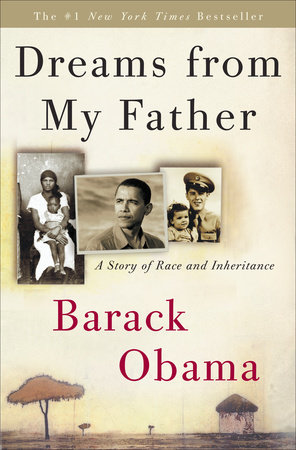Under the Moon’s LightPosted in Africa, Articles, Arts, Identity Development/Psychology, Media Archive, Videos, Women on 2011-03-08 03:02Z by Steven |
Directory of World Cinema
2011
English Title: Under the Moon’s Light
Original Title: Sous la clarté de la lune
Country of Origin: Burkina Faso, France
Studio: Les Films de la plaine, NDK productions
Director: Apolline Traoré
Producer(s): Idrissa Ouédraogo
Screenplay: Apolline Traoré
Cinematographer: Daniel Barrau
Editor: Lucie Thierry
Runtime: 90 minutes
Genre: Drama
Language: Moore (Moré), French
Starring/Cast: Rasmané Ouédraogo, Sylvain Lecann, Abdoulaye Koné, Tania Azar, Silvie Homawoo
Year: 2004
Volume: African / Nigerian
Reviewed by: Zélie Asava
Synopsis:
Sous la clarté de la lune interrogates African women’s personal and cultural histories and identities by foregrounding the experiences of mixed-race women and their families, thus exploring the history of interracial relationships in Africa and its diaspora.
Its central story begins before the narrative starts, about 10 years earlier in a small village in Burkina Faso. Patrick (Sylvain Lecann), a young white Frenchman steals his mixed-race daughter moments after her young Burkinabé mother has given birth. As the film opens we see the child, who has been raised in France, return to her mother’s village with her father for what is supposed to be a brief encounter with her other home and family. Her mother Kaya (Silvie Homawoo) has been mute since the incident. The mixed-race daughter Martine (Tania Azar) hates the village and its inhabitants, thinking they are all inferior. She believes her mother to be dead. Her father Patrick treats the villagers as his servants. The villagers have been waiting two years for an engineer and Patrick is in town to fix their water pump, as well as to discuss the past with Kaya. While the locals may reject this white man because of the brutal history he left behind, they need his expertise and money. The story thus has immediate resonances with Franco-African colonialism and neo-colonialism.
The film follows the three lead characters as they negotiate their differences to form a family. A fourth key figure, Habib (Abdoulaye Koné), emerges as a young man in love with Kaya and through him spectators are introduced to village life, local systems of power and love, and come to realise that the story may also be read as a series of metaphors on issues of identity…
Read the entire review here.
